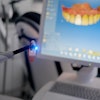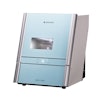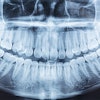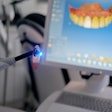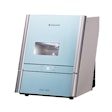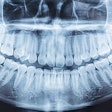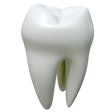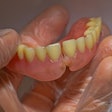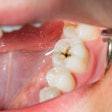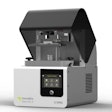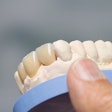Dear Imaging Insider,
When patients move or squirm during cone-beam CT (CBCT) scans, motion artifacts can appear on the image, reducing image quality and making treatment planning difficult. A new study looked at which patient characteristics contributed to causing motion artifacts. Find out more in our Insider Exclusive.
In other Imaging Community news, could measuring certain facial and neck dimensions predict which patients are at increased risk of obstructive sleep apnea? One researcher searched multiple medical databases for studies on imaging modalities to look for a possible connection in adults. Learn more here.
To detect cracks in ceramic restorations, an optical coherence tomography technique may be a better option than 2D microscopy, according to new research presented at the recent International Association for Dental Research annual meeting. Read more here.
The first step in planning for root canal treatment is being able to clearly see the anatomy of the canal. A CBCT system has many advantages, such as cost and field-of-view, over other imaging devices, but can it be used to help develop a treatment plan for patients who need endodontic treatment? Researchers sought to answer this question. Learn more here.
Also in the Imaging Community, you'll find the following recent imaging industry news:
- Carestream Dental has been sold to two private investment firms.
- MouthWatch has released new software for use with Android systems.
- Planmeca has introduced an entry-level milling unit.
